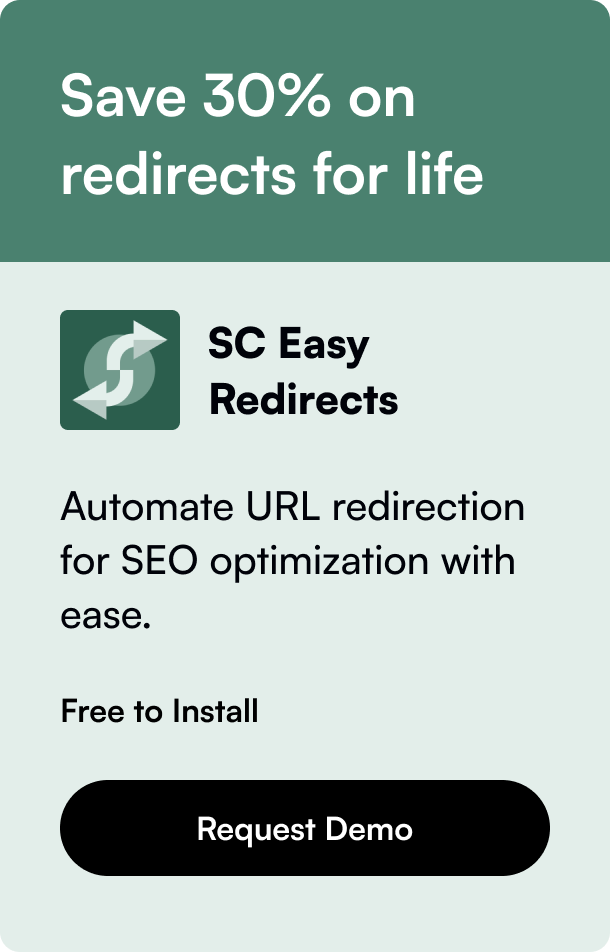Table of Contents
In the ever-evolving landscape of e-commerce, the platform you choose to power your online store can have a profound impact on your business's growth and sustainability. While WooCommerce might have been your initial choice, owing to its flexibility and integration with WordPress, you may find yourself contemplating a shift towards a more robust and scalable solution like Shopify. This detailed guide aims to demystify the process of migrating from WooCommerce to Shopify, ensuring a smooth transition for your e-commerce venture.
Introduction
Imagine this: your online store is thriving, sales are pouring in, but you're spending more time managing technical hiccups than focusing on growth. Sounds familiar? This scenario is quite common among e-commerce businesses that outgrow their initial setup. Shopify emerges as a beacon of hope, offering a host of features designed to alleviate these growing pains. But how do you make the switch without disrupting your business? This guide not only walks you through each step of the migration process but also sheds light on why Shopify might just be the game-changer your business needs.
Why Migrate to Shopify?
Firstly, let’s delve into the reasons why Shopify is a worthy contender for your business’s next chapter:
- Simplified Management: Shopify’s user-friendly interface takes the technical load off your shoulders, letting you focus on what you do best – selling.
- Scalability: Ready to expand your operations? Shopify’s infrastructure supports your growth, making it easy to scale up (or down) as your business evolves.
- Integrated Solutions: From payments to shipping, Shopify offers integrated solutions that streamline your operations, providing a seamless experience for both you and your customers.
- Exceptional Support: Access round-the-clock support from Shopify's dedicated team, ensuring you have the assistance you need, when you need it.
Planning Your Migration
Migrating your e-commerce store is a significant move and requires careful planning. Here’s how to get started:
- Inventory Assessment: Take stock of all the elements present on your WooCommerce site. This includes products, customer data, order history, and content pages.
- Data Backup: Before making any changes, ensure you have a complete backup of your WooCommerce site to prevent any loss of information.
- Choose Your Shopify Plan: Shopify offers various plans to suit different business sizes and needs. Assess your requirements and select a plan that aligns with your goals.
- Domain Considerations: Decide whether to keep your existing domain or purchase a new one through Shopify. Remember, maintaining your domain helps preserve your SEO rankings.
The Migration Process
Now that you understand the why and the initial steps, let’s dive into the how:
Step 1: Data Export from WooCommerce
Export your product, customer, and order data from WooCommerce. This can typically be done via the built-in export tool in WooCommerce, enabling you to download your data in a CSV format.
Step 2: Setting Up Your Shopify Store
With your Shopify account ready, it’s time to start importing your data. Shopify’s store import tool can simplify this process, allowing you to upload the CSV files directly into your new store.
Step 3: Customizing Your Shopify Store
Shopify’s themes and customization options let you design a store that reflects your brand. Spend some time exploring the theme store and the various customization options available to make your store uniquely yours.
Step 4: Configuring Settings
Setting up your payment gateways, shipping options, and taxes correctly is crucial. Shopify guides you through these configurations, ensuring your store complies with local laws and regulations.
Step 5: Testing and Launching
Before going live, conduct thorough testing of your new Shopify store. Place test orders, verify product details, and ensure that all data has been accurately transferred. Once satisfied, you're ready to launch your brand new Shopify store.
FAQs
Q1: Will migrating to Shopify affect my SEO?
A: If done correctly, migrating to Shopify should have minimal impact on your SEO. Shopify provides tools and features, such as 301 redirects, that help preserve your search rankings.
Q2: Can I migrate my site design from WooCommerce to Shopify?
A: While you cannot directly transfer your design, Shopify offers a wide range of customizable themes that can closely match your existing design or offer a fresh new look.
Q3: How long does the migration process take?
A: The duration largely depends on the size of your store and the amount of data being transferred. A small to medium-sized store might take a few days to a week, while larger stores could take longer.
Q4: Can I migrate my WooCommerce plugins to Shopify?
A: Direct plugin migration isn’t possible, but Shopify’s extensive app store likely offers similar functionalities through its apps and integrations.
Conclusion
Switching from WooCommerce to Shopify signifies a pivotal step in your e-commerce journey, propelling your business into a future of greater possibilities and growth. By meticulously planning and executing your migration, you can ensure a seamless transition and set the stage for continued success. Embrace this change, and watch your e-commerce dream flourish on Shopify's robust platform.
Switching platforms might seem daunting, but with the right tools and guidance, it can open doors to new opportunities and achievements for your online store. Here’s to new beginnings and endless possibilities with Shopify!








